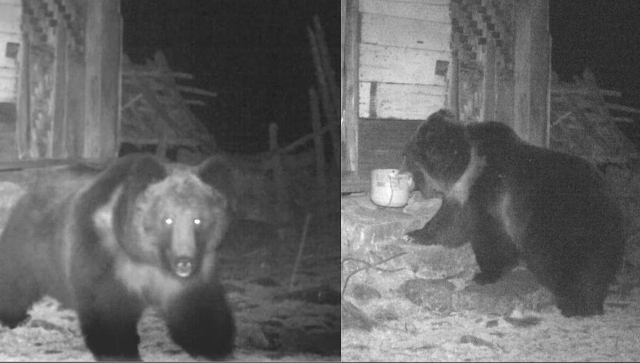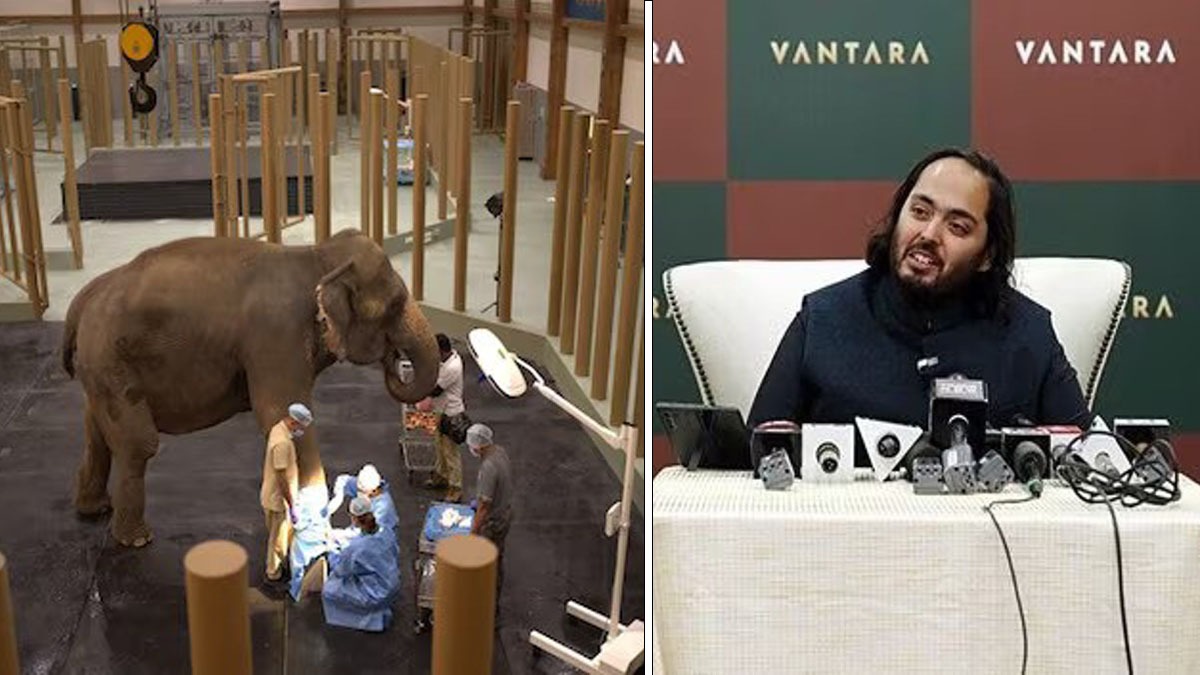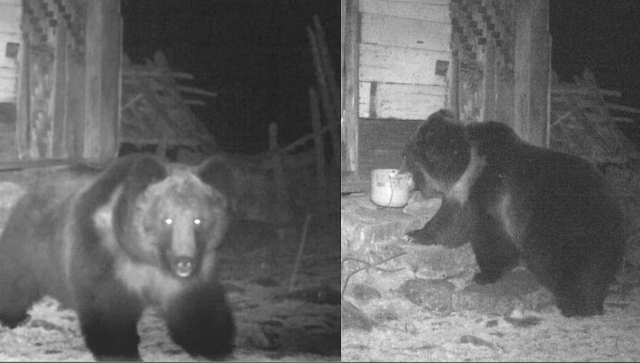Killing For Conservation, an investigative documentary made by BBC’s South Asia correspondent Justin Rowlatt was aired on 11 February 2017. It was filmed in and around the fringes of Kaziranga National Park in Assam. The short film depicted the use of force towards suspected poachers by the forest guards for protection of the park’s iconic species: the Indian One-horned Rhinoceros.
The rhinoceros are listed as vulnerable on the Red List of the International Union for Conservation of Nature. These animals were once found throughout the Terai region of India and Nepal. By the 1970s only 600 rhinos were believed to survive in the wild. Hunting and conversion of the fertile grasslands they are dependent on, for agricultural use, has seen their range restricted to as few as seven places in the country. Kaziranga is one of the last strongholds of the one-horned rhino, supporting about 2,200 individuals out of the 3,500 reported to be in the wild. The poachers brutally hunt the rhinos for their horn that fetches an incredible value in the international market. The poaching is largely driven by demand from the Chinese who consider it to have medicinal and aphrodisiac properties. The forest guards carry arms to protect themselves from the poachers.
Although across India not all forest guards are known to carry arms, in Kaziranga the guards have been carrying arms since the late 1990s. Jose Louies, a regional head at the Wildlife Trust of India who regularly engages with forest departments in their anti-poaching operations says, “This was a time when insurgencies for demand of separate Bodoland and armed struggle waged by the United Liberation Front of Assam was at its peak.” As the revolutions abated, poaching took its place. Louies adds, “The poacher in the north-east (part of India) is a trigger happy fellow, his psychology is different. So at times the forest guards don’t have a choice but to shoot them.” The armed struggles saw the populations of rhinos wiped out locally in parks like the Manas in early 2000s. The rhinos have since been reintroduced from 2007 onwards. But the guards in Kaziranga continue to carry their guns in face of threats to the rhinos. Assam is the only state where the local forest department has bestowed powers to the guards to shoot suspected poachers if they don’t heed their warnings to surrender. Recently the field director of Corbett National Park too issued a similar order albeit for only a period of seven days. Parag Dhakate, the Corbett director said, “Such an order was necessary as after 2003 new forest staff were recruited and keeping in mind the challenges of forest management.”
Although the BBC film has been panned for the nature of its journalism and biased reportage by many within the wildlife conservation community, it has also brought out the sharp divide within the community on the practice of use of force by the forest departments to carry out anti-poaching operations. A larger question the many passionate opinions have missed is: do we need to rethink our ways of conserving an endangered species and have we placed animals too far ahead of human life?
BBC documentary on Kaziranga denigrates a policy instead of depicting the truth
Praveen Bhargav is a trustee with Wildlife First, an advocacy conservation organisation that has been active in Karnataka for over two decades and has collaborated with the Karnataka forest department to provide resettlement to small groups of people volunteering to move out of Kudremukh and Nagarahole forests. The department has also voluntarily resettled 432 families out of Bhadra and 500 out of Nagarhole tiger reserves in the past 20-odd years. Such moves have seen the state make room to harbour highest number of tigers and elephants in the country. Bhargav says, “In India, we have just around four percent of our landscape legally reserved for endangered wildlife and there is absolutely no room for any compromise.”
What Bhargav alludes to is the need to insulate the four percent from hunting of animals and extraction of forest produce by the local communities. But when the traditional and cultural rights of already oppressed communities over a forest are trampled upon, they turn against the governing authorities. Bhargav acknowledges the need to “redress past injustices to forest dwellers through forward-looking policies that will enable many to join the mainstream and improve their own lives and those of their children.” He is of the the opinion that there is a need to strength investigation capacities, forensics and prosecution at the State level to improve the abysmally poor conviction rates to enhance deterrence.
Prof MK Ramesh, a law professor at the National Law School, Bengaluru, who specialises in environmental and human rights law, believes local communities are the eyes and ears of the forest department. He says, “The department needs to build bridges and trust with the communities and take their assistance in anti-poaching operations". But he is unforgiving in his opinion about poachers; he believes it is impossible to reform a hardcore criminal and there is no room for compassion in his book towards a poacher. “These are instance when hard decisions need to be taken," says Ramesh.
There are some experts who feel the state can afford to be more benign. Nitin D Rai, a biologist at the Ashoka Trust for Research in Ecology and Environment, is among them. He feels the state should be more responsible towards its citizens and not come down so hard on them, pointing out that the prevalent conservation approach of most forest departments is a continuation of attitudes towards local communities from the colonial time. According to him “conservation for two decades or more has been anti-people and anti-communities.”
BBC documentary has grossly misrepresented facts, says Kaziranga director Satyendra Singh
Recent wildlife protection regimes have been systematically declining people of their livelihoods and cultural attachments with the forests. Rai cites the example of the Sholigas, a tribal community from the Biligiri Rangaswamy Temple wildlife sanctuary who have been given a raw deal by the local forest authorities by freezing their traditional rights over the sanctuary; they continue to inform the department when they see any illegal activity in the forest. Rai declares it is time for us to think of a different way of conservation “that is not militarised”, an approach that is more decentralised and democratic. He points out that implementing already existing provision of the Wildlife Protection Act (WPA) of 2002 and Forest Rights Act of 2006 will go a long way in including local communities in conservation. The WPA has a provision that every single wildlife sanctuary (there are 615 of them in India) shall have a wildlife advisory board. This board can constitute of the local political representative, wildlife biologist, tribal leaders and members of the forest department.
If the state can be a steward, not give up on the people in the forest areas and implement the laws, we can better the lives of animals and people.
Also read: Kaziranga shoot poachers at sight order — Govt chooses to be an ostrich in rhino land


)




)
)
)
)
)
)
)
)